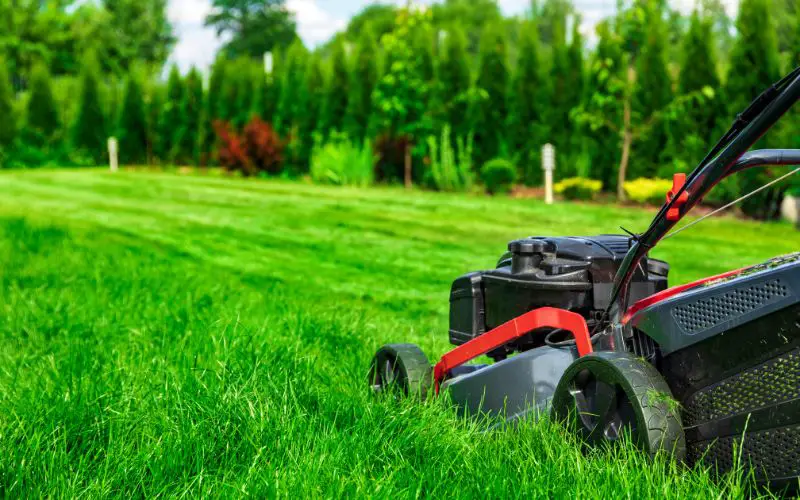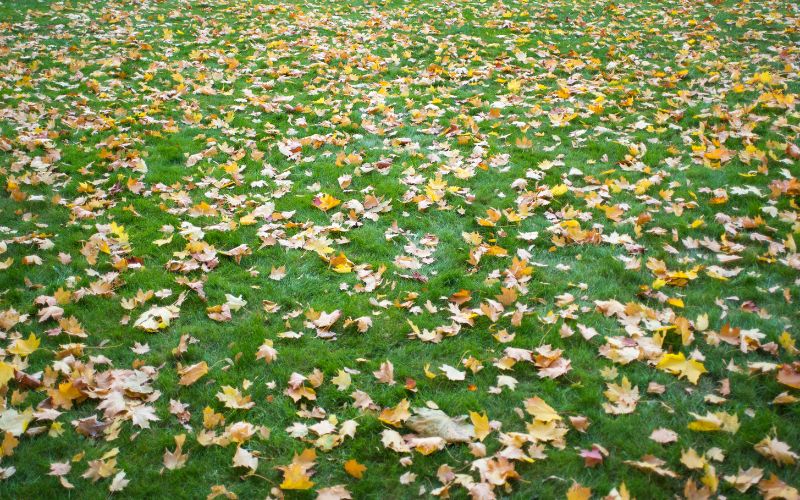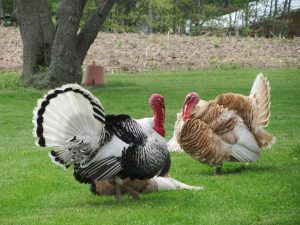For many of us, once the temperature starts to drop and the leaves begin to change color, our yards go into hibernation.
We forget about mowing the lawn and let the kids (and dogs) run wild, safe in the knowledge that come spring, everything will be green again.
However, if you want your grass to stay in tip-top shape during the winter months, there are a few things you can do.
It’s important to let the lawn rest during the winter. Avoid mowing the grass, keep it swept free of leaves and other debris and try and keep the lawn free of all forms of traffic – foot and animals to prevent the grass from becoming damaged.
Tips to keep your lawn green during wintertime
- Only mow when necessary and at the right height.
- Aerate and overseed your lawn in fall.
- Fertilize in fall and spring.
- Keep leaves off your lawn.
- Avoid foot traffic
- Water deeply but less frequently
Only mow when necessary and at the right height
One of the most important things you can do to keep your grass green in winter is to reduce the mowing schedule and to only mow when absolutely necessary.
Try to choose a time when conditions are dry and the grass has had a chance to dry out and raise the blades of the mower to only give a minimal cut.
Cutting your grass too short makes it more susceptible to damage from cold weather, so be sure to leave it a little longer than you would in summer.
Depending on the type of grass you have, the recommended mowing height is anywhere from 2.5 to 4 inches (6 to 10 cm).

Aerate and overseed your lawn in fall
Aeration helps improve air circulation, water drainage, and nutrient uptake in your lawn—all of which are important for keeping your grass green and healthy through winter.
Overseeding helps crowd out weak or dormant grass so that strong, healthy grass can take its place.
Both aeration and overseeding are best done in fall, before the first frost hits.
Fertilize in fall and spring
Applying fertilizer to your lawn in both fall and spring helps ensure that it has the nutrients it needs to stay green and vigorous all year long.
In general, you should use a fertilizer with a high nitrogen content for a green lawn; just be sure not to overdo it, as too much nitrogen can actually damage your grass.
Follow the product directions carefully to avoid any problems.
Keep leaves off your lawn
Fallen leaves can rob your grass of sunlight and moisture, so it’s important to remove them from your lawn regularly throughout winter.
A leaf blower or rake will do the trick nicely.
You can also mow over them with a mulching blade to chop them up into tiny pieces that will quickly decompose back into the soil.
Avoid foot traffic
When there’s snow on the ground, it can be tempting to let your kids (or yourself!) play in the yard without worry.
However, walking or playing on wet grass can cause muddy patches, damage the grass blades and cause brown patches.
If you must walk on your grass, make sure to do so when it’s dry or covered with snow.
Water deeply but less frequently
Grass roots grow deep in search of water during dry periods, making them less susceptible to frost damage come winter.
To encourage deep root growth, water your lawn deeply but less frequently throughout the fall months.
A good rule of thumb is to provide an inch of water per week.
If you live in an area with heavy clay soil, you may need to water more frequently to prevent runoff.
Final Words
While you can’t keep your lawn completely green during winter, following these tips will help it stay healthy and look its best until spring arrives.
Read Next
- Year-Round Outdoor Living: Durable Garden Furniture for All Seasons
- Wow Your Neighbors with These Creative Garden Décor Ideas
- Why you should have night vision goggles for camping
- Why Garden Wildlife Matters: Understanding the Importance of Biodiversity in your Backyard
- Why do turkeys puff up?
- Why do tents get wet inside?










